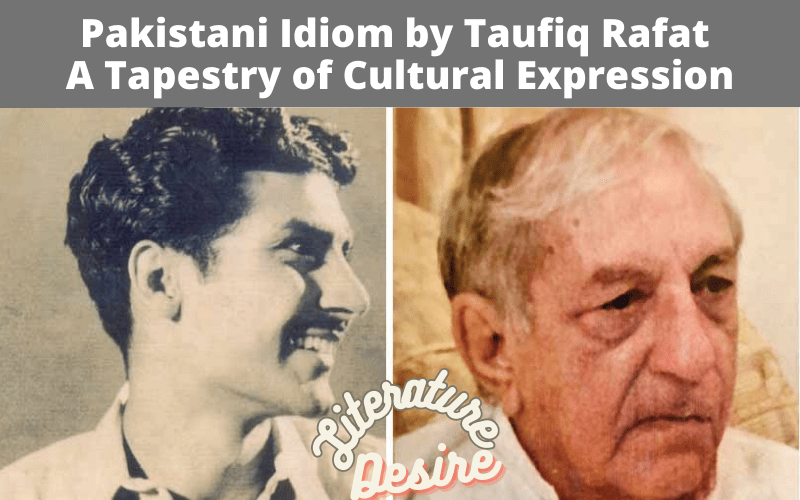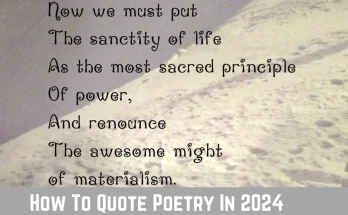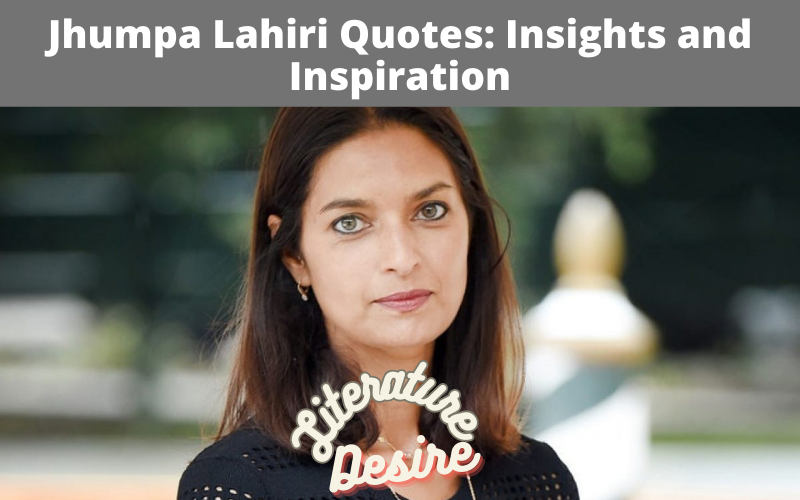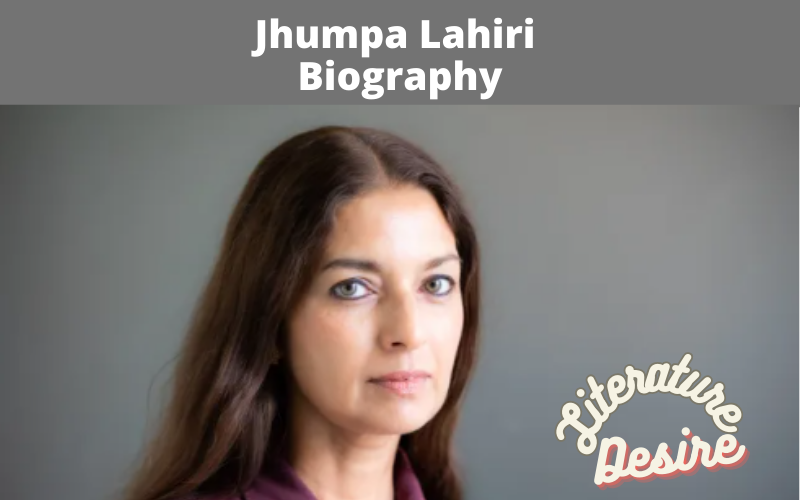Taufiq Rafat, a distinguished Asian Romantic Pakistani poet, was known for his ability to capture the essence of Pakistani culture and language through his evocative verses. His poetry weaves a rich tapestry of Pakistani idiom, incorporating its unique linguistic expressions, cultural nuances, and social dynamics. In this article, we explore how Taufiq Rafat’s poetry embodies the Pakistani idiom, highlighting five key aspects that showcase the depth and richness of his cultural expression.
Pakistani Idiom by Taufiq Rafat: A Tapestry of Cultural Expression
Language as a Reflection of Identity:
Taufiq Rafat’s poetry embraces the Pakistani idiom by using Urdu, the national language of Pakistan, as the primary medium of his expression. By immersing himself in the linguistic heritage of the region, Rafat’s verses resonate with readers at a profound level. His use of colloquialisms, idiomatic expressions, and local dialects captures the authentic voice of the Pakistani people. It reflects the linguistic diversity and cultural plurality of the nation.
Celebrating Folklore and Traditions:
Rafat’s poetry pays homage to Pakistani folklore and traditions, further exemplifying the Pakistani idiom. He draws inspiration from folktales, legends, and customs that have been passed down through generations.
By incorporating these elements, Rafat infuses his verses with a sense of cultural pride and continuity. He fosters a connection between the past and the present. His use of local imagery and references to traditional practices deepens the readers’ understanding of the Pakistani cultural landscape.
Social Realities and Commentaries:
Rafat’s poetry reflects the social realities of Pakistan, shedding light on the struggles, aspirations, and challenges faced by its people. Through his verses, he offers commentaries on societal norms, gender dynamics, economic disparities, and political landscapes.
His ability to weave these themes into his poetry while maintaining the authenticity of the Pakistani idiom creates a powerful impact, sparking conversations and inspiring introspection among readers.
Nature as a Symbol of Pakistani Identity:
The Pakistani idiom is intrinsically connected to the natural environment that surrounds the nation. Rafat’s poetry encapsulates this connection by beautifully portraying the diverse landscapes of Pakistan.
From the majestic mountains of the North to the fertile plains of Punjab and the vibrant coastal regions, his verses capture the awe-inspiring beauty and resilience of nature. Through his intricate descriptions, Rafat reinforces the deep bond between the Pakistani people and their natural heritage.
Sufi Traditions and Mystical Influences:
Pakistan has a rich history of Sufism, and Rafat’s poetry embraces this spiritual aspect of the Pakistani idiom. Inspired by Sufi mysticism, he explores the realms of spirituality, seeking transcendence and enlightenment.
Rafat’s verses often delve into the mystic journey of the soul, incorporating elements of devotion, love, and divine connection. By infusing his poetry with Sufi traditions, he adds a spiritual dimension to the Pakistani idiom, offering readers a deeper understanding of the cultural and religious fabric of the nation.
Conclusion: Pakistani Idiom by Taufiq Rafat
Taufiq Rafat’s poetry is a testament to the beauty and diversity of the Pakistani idiom. Through his masterful command of the language, a celebration of folklore, social commentaries, nature symbolism, and mystical influences, he captures the essence of Pakistani culture and identity.
Rafat’s verses serve as a profound expression of the Pakistani people’s collective experiences, traditions, and aspirations. His poetry continues to resonate with readers, nurturing a sense of cultural pride and fostering a deeper understanding of the Pakistani idiom and its significance in the realm of literature.




hi!,I love your writing so a lot! proportion we keep in touch extra approximately your post on AOL?
I require a specialist on this space to unravel my problem.
Maybe that’s you! Taking a look ahead to look you.
I may solve your problem.
Asking questions are truly pleasant thing if you
are not understanding anything entirely, but this piece
of writing gives nice understanding yet.
This is really fascinating, You’re an overly professional blogger.
I’ve joined your feed and sit up for looking for more of your wonderful post.
Additionally, I’ve shared your web site in my social networks
Hello all, here every person is sharing such familiarity, thus it’s
good to read this blog, and I used to pay a quick visit this
web site daily.
Hi my friend! I wish to say that this article is awesome, great written and come with approximately
all significant infos. I’d like to peer more posts like this .
Do you mind if I quote a few of your articles as long as
I provide credit and sources back to your blog? My blog is in the exact same area of interest as
yours and my visitors would definitely benefit from a lot of the
information you provide here. Please let me know if this alright with you.
Many thanks!
whoah this blog is excellent i really like studying your
articles. Stay up the good work! You know, lots of individuals are
searching around for this info, you can help them greatly.
Heya this is kinda of off topic but I was wondering if blogs use WYSIWYG
editors or if you have to manually code with HTML.
I’m starting a blog soon but have no coding know-how so I wanted to get advice
from someone with experience. Any help would be greatly appreciated!
Nice answer back in return of this matter with
solid arguments and explaining all about that.
I love your blog.. very nice colors & theme. Did you make this website yourself or did you hire someone to do
it for you? Plz respond as I’m looking to create my own blog and would
like to know where u got this from. thanks
This site really has all the information I needed about this subject and didn’t know who to ask.